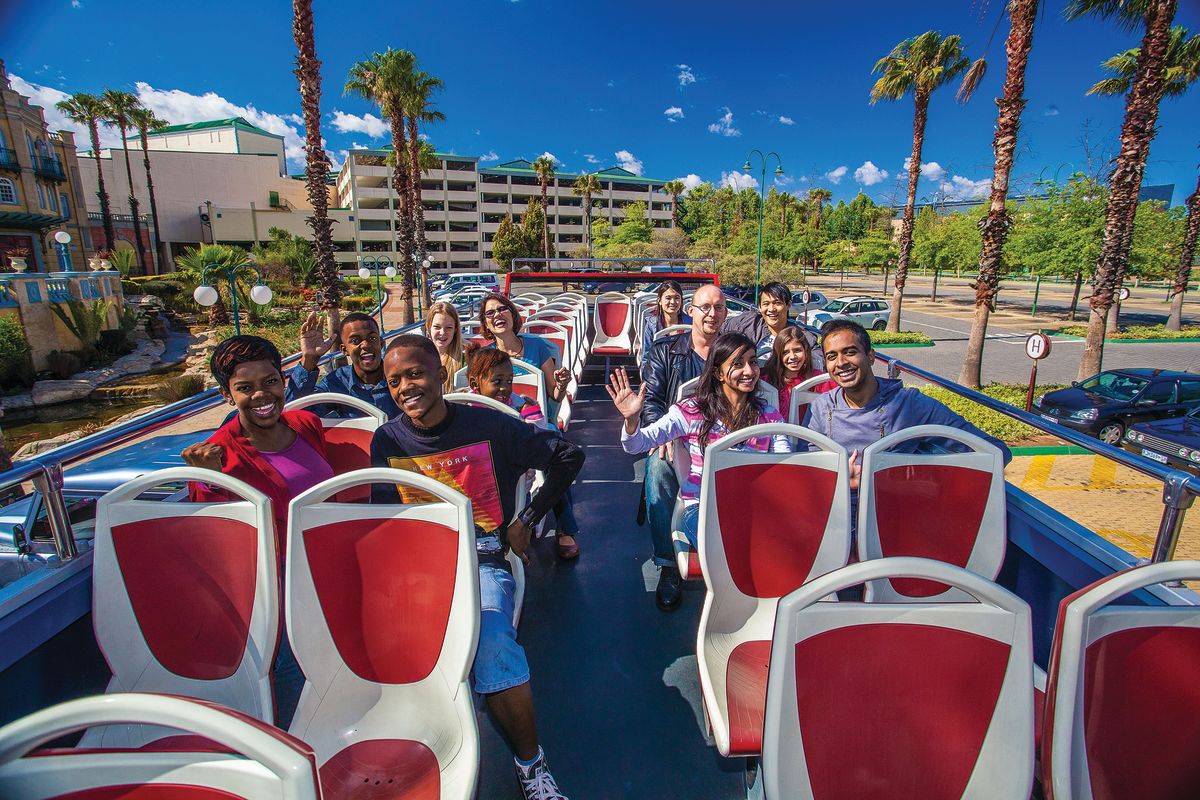Some Known Facts About Johannesburg North Attractions.
Some Known Facts About Johannesburg North Attractions.
Blog Article
The Buzz on Johannesburg North Attractions
Table of ContentsThe Buzz on Johannesburg North AttractionsGet This Report about Johannesburg North AttractionsJohannesburg North Attractions Fundamentals ExplainedGetting My Johannesburg North Attractions To WorkAll about Johannesburg North AttractionsJohannesburg North Attractions Things To Know Before You Get This
The city grew on the side of the Witwatersrand Main Coral reef, a subterranean stratum of gold-bearing quartz-silica conglomerate that arcs for hundreds of miles beneath the Highveld - Johannesburg North attractions. Most of the gold mines in the city discontinued operation in the 1970s, but in its day the Witwatersrand gold market accounted for even more than 40 percent of the globe's annual gold manufacturing.Johannesburg has a warm environment. Summer season temperatures balance concerning 75 F (24 C); winter temperature levels balance about 55 F (13 C) and just periodically dip listed below cold. The city appreciates concerning eight hours of sunlight each day in both wintertime and summer. Rain averages about 28 inches (700 millimetres) per annum, but the overall varies significantly from year to year.
What rainfall the city gets drops practically exclusively in the summer season, commonly in magnificent late-afternoon electric tornados. Air pollution positions a considerable trouble, particularly in the cold weather, when thermal inversions impede the westward flow of air from the Indian Ocean. Contamination is most serious in the densely cleared up Black municipalities on the city's perimeter, where several homeowners still count on coal for fuel.

Excitement About Johannesburg North Attractions
The balance of the city is inhabited by whites. Accommodation differs in personality and top quality.
Physical growth, although rather limited by transportation, proceeded rapidly as migration to South Africa, and Johannesburg in particular, raised significantly.
Many poor suburban areas were blended, with inadequate blacks and whites living together, although the affluent suburban areas were usually booked for whites. This altered with the political election of the National Celebration in the 1948 political elections, who began to formalise the system recognized as discrimination. Discrimination officially assigned which suburbs each race might live in under the Group Locations Act.
The previous system of eleven phoned number areas was reorganised in 2006. Marshalltown, as seen from the top of the Carlton Centre. The M1 and M2 run behind the buildings, and the southerly residential areas prolong past the freeway limit. The central city of Johannesburg lies within the city's Region F. The estimated populace of the area is 200,000, [] The number of individuals living in the more information inner city on a casual basis is unknown, as lots of are illegal immigrants. The majority of higher-income locals and white people have transferred to the north suburbs and have been changed by lower-income black people. The joblessness, education and learning, and age accounts of the location are all unidentified, as a result of the difficulty of getting reliable details concerning the location.
The Ultimate Guide To Johannesburg North Attractions
Yeoville and Bellevue have a mix of apartment structures and solitary residential units on small whole lots. The region is located on a hilly divide that runs from eastern to west. One of the most conspicuous geographic function is Observatory Ridge, which is called for the big observatory located on it. The recreational rooms are no much longer made use of, due to safety troubles.

How Johannesburg North Attractions can Save You Time, Stress, and Money.
R. Tambo International Flight Terminal). The eastern residential areas are several of the earliest areas of Johannesburg, there are big communities of Jewish and various other European backgrounds, the majority of the population linked here is English talking. There are 3 golf courses as well as a variety of protected ridges with viewsites. There are several strong and up-market enjoyment and shopping areas in the east such as the Eastgate Purchasing Centre and the Greenstone shopping centre.
Originally built to house male migrant employees, lots of have been boosted as dwellings for couples and households. The suburb was not traditionally permitted to produce employment centres within the location, so virtually all of its citizens are commuters to various other parts of the city.
How Johannesburg North Attractions can Save You Time, Stress, and Money.
The household locations in the northern suburbs are mainly formal, with no considerable areas of casual real estate, or real estate that lacks an irreversible structure. This is a well-known location, there is a pattern of land usage adjustment from residential to commercial, see particularly along main arterial roadways and around well established nodes.
The location is well connected to roadway networks, particularly along the north-south axis developed by the M1 and N1. Roads to the eastern and west are less well established, as there are no freeways travelling in that instructions. Towards the north border of the city, the density of growth reduces, leaving large areas of primitive land around Midrand.
The Johannesburg North Attractions Ideas
, which is located on a hill neglecting the inner city and Hillbrow.
Report this page